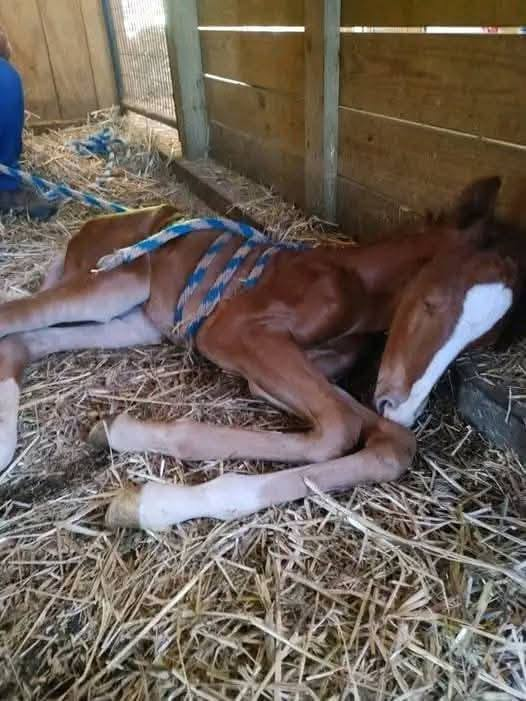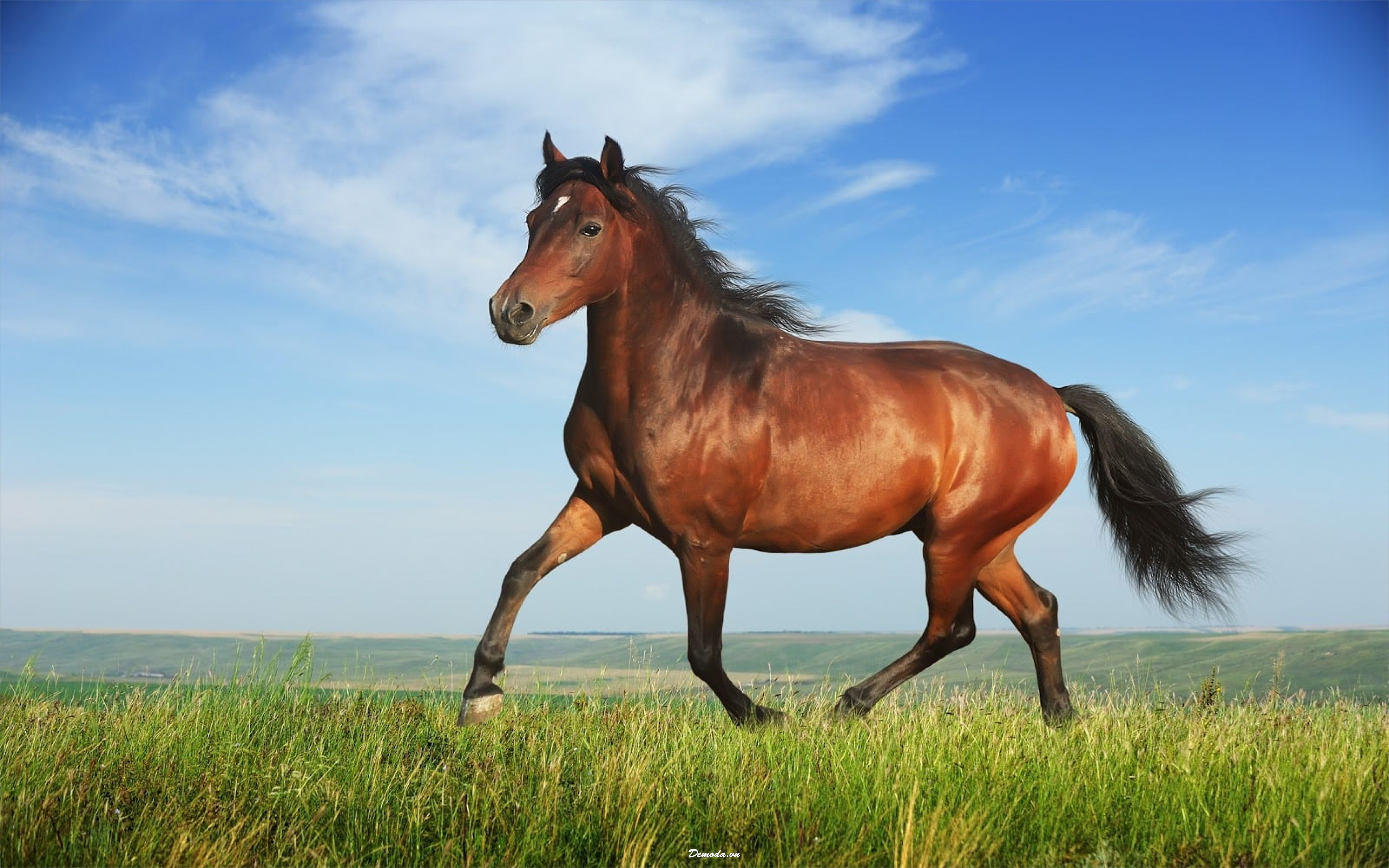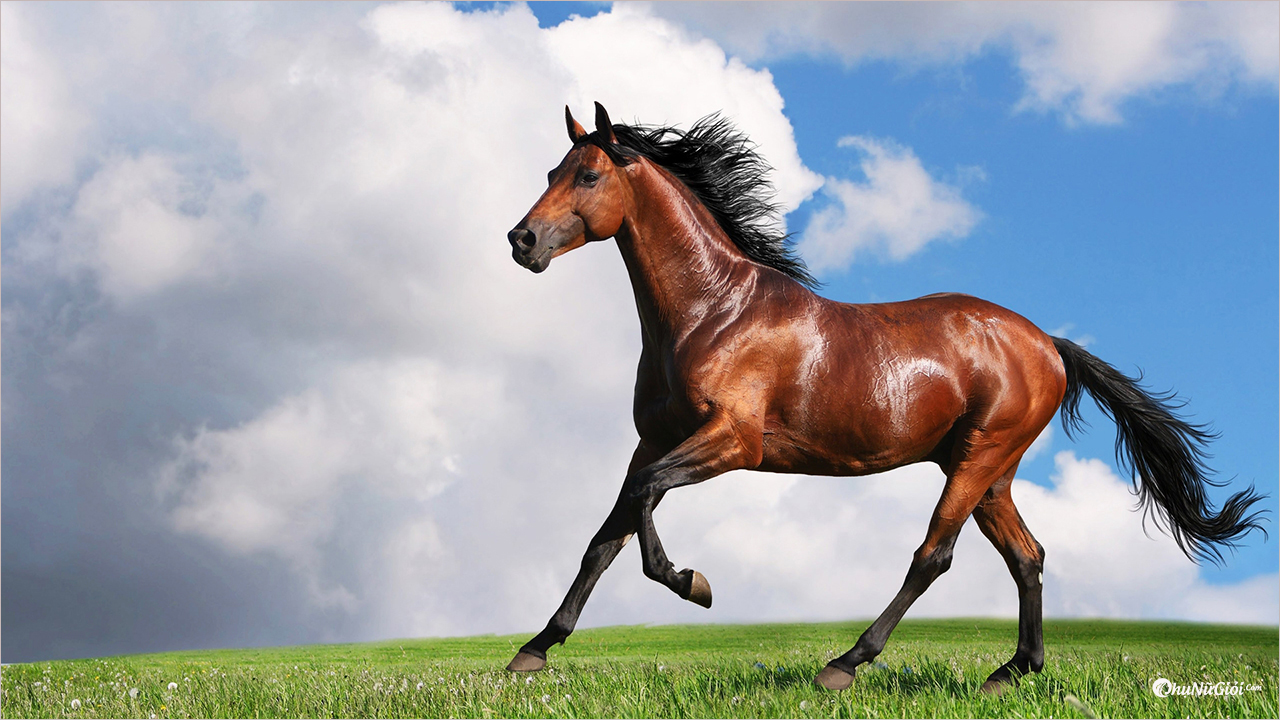A Second Chance at First Breath: The Remarkable Journey of Capri, the Dummy Foal

A Second Chance at First Breath: The Remarkable Journey of Capri, the Dummy Foal

In the straw-lined quiet of a wooden stall, beneath the tender watch of her mother, a newborn foal named Capri lay still — eyes closed, limbs limp, her chest lightly rising with each breath. To a casual observer, it might’ve seemed like the little filly was simply asleep. But to those who stood around her, ropes gently wrapped around her torso, hearts pounding in anxious rhythm, this was a moment of incredible hope and scientific wonder.
Capri wasn’t just resting. She was being reborn.
A Rough Start
Capri came into the world the way many foals do: fast, sudden, and seemingly without issue. But almost immediately, it became clear something wasn’t right.
In healthy newborn foals, there are two critical milestones that must be achieved within the first hours of life. One: they must stand within the first hour. Two: they must nurse within two. These aren’t arbitrary numbers — they’re matters of survival. Foals are prey animals, hardwired to be mobile and alert to avoid predators. More importantly, their very first feed — a thick, antibody-rich milk called colostrum — is what jumpstarts their immune system. Without it, they are defenseless against the microbial world.
Capri was alert and eager. She showed all the signs of wanting to live. Her legs twitched with the instinct to rise, her head lifted toward her mother, her mouth sought the warmth of milk. But no matter how many attempts she made, she couldn’t quite figure out how to latch and feed. Her determination
Time was ticking. The window for colostrum absorption was closing fast.
Diagnosing a Dummy
Thanks to a well-established relationship with their veterinarian, Capri’s caretakers didn’t wait. They called for help immediately. When the vet arrived and examined the foal, the diagnosis was clear: Neonatal Maladjustment Syndrome — more commonly known as “Dummy Foal Syndrome.”
It’s a condition that affects a small percentage of newborn foals and is still being studied. Often, it’s linked to a disturbance in the birthing process — particularly in rapid deliveries — where the foal doesn’t experience enough pressure in the birth canal. That pressure is more than just physical. It’s also neurological. It acts as a kind of reset signal, prompting the foal’s brain to “wake up” and transition from a womb-bound state to life on earth.
In the absence of that trigger, a dummy foal is born with its instincts and reflexes scrambled. They appear alive, alert, but somehow disconnected — as if their consciousness hasn’t quite caught up with their body.
Some dummy foals recover gradually over time. Others don’t. But in Capri’s case, her vet knew there was a better way.

The Madigan Squeeze: Science Imitating Nature
Dr. John Madigan, a veterinary professor at UC Davis, pioneered a groundbreaking technique that has since revolutionized the care of dummy foals: the Madigan Squeeze.
It’s a simple yet brilliant procedure based on mimicking the tight squeeze of the birth canal. The foal is gently restrained using ropes that apply even, steady pressure along its body — from shoulders to hips — much like it would have experienced during delivery. This triggers a state of quiet, almost trance-like stillness, similar to the fetal state inside the womb. After 20 minutes, the ropes are released, and the foal “awakens” — ideally with its neurological circuits rebooted and ready to function normally.
Capri’s caretakers watched as the ropes were applied. She didn’t resist. As the pressure took hold, she slumped into a deep, sleep-like state. Her body relaxed. The stall grew silent.
Even though they had read about the technique, even though they trusted their vet, it was terrifying. Capri’s mother, Topanga, stood watch, never once stepping away. Her eyes never left her foal.
And then — magic.
Twenty minutes passed. The ropes came off. Capri stirred.
At first, it was subtle: a twitch of the ear, a shift in the legs. Then her head lifted. She blinked, looked around — really looked — and for the first time, she seemed fully aware. A light had come on behind her eyes.
She struggled to her feet. She wobbled toward her mother. She latched on — and began to nurse.
The barn erupted in quiet tears and hushed celebration. Capri had made it. She had joined the world.
Why Awareness Matters
Capri’s story is heartwarming, but it’s also important. Dummy Foal Syndrome is often misunderstood, misdiagnosed, or tragically, missed altogether. In many cases, affected foals are euthanized before anyone realizes that a non-invasive, low-risk treatment exists — one that can be performed with minimal equipment and has remarkably high success rates when done early.
The key is awareness.
Owners, breeders, and caretakers must recognize the signs of a maladjusted foal: disorientation, inability to nurse, abnormal behaviors like circling, head pressing, or vocalizing oddly. And equally crucial: knowing when to call a vet.
A proactive vet — one familiar with the animals and trained in modern interventions — can mean the difference between life and death. In Capri’s case, her care team acted fast. They trusted their instincts. And they trusted their vet.
It saved her life.

The Bond Between Mother and Foal
Throughout this journey, one figure remained constant and quietly heroic: Capri’s mother, Topanga.
Often, when a newborn foal is unwell or slow to connect, the maternal bond can weaken. But Topanga never wavered. From the moment Capri was born to the moment she stood and nursed, Topanga remained by her side — nuzzling, watching, waiting.
That connection, rooted in nature and deepened by instinct, speaks volumes about the emotional intelligence of animals. Topanga didn’t need to understand the science. She just needed to be there.
And she was.
Thriving Today
Today, Capri is thriving. Her coordination is excellent. She nurses enthusiastically, plays in the straw, and responds to sounds and voices with a liveliness that brings joy to everyone who visits the barn.
She’s developing like any healthy foal should — chasing sunbeams, nipping at hay, and practicing the clumsy gallop that all baby horses perfect in time.
Looking at her now, it’s almost impossible to imagine the fragile creature she was just days ago — fighting for her place in the world.
A Message of Hope
Capri’s journey isn’t just a feel-good story. It’s a testament to the miracles that can happen when compassion meets science, when instinct is backed by knowledge, and when animals are given the benefit of time, care, and trust.
There are countless stories like hers waiting to be told — in stables, in clinics, in shelters. Stories of animals born on the edge, given a second chance by people who refused to give up.
Let Capri be a reminder: not all hope is lost when the first steps falter. Sometimes, all it takes is a squeeze.

Tips for Caretakers and Breeders: What to Do If You Suspect a Dummy Foal
-
Watch the clock: If a foal hasn’t stood within one hour or nursed within two, something may be wrong.
-
Look for signs: Dumm
-
Call a vet immediately: Time is critical. Dummy foals need intervention quickly, especially to receive colostrum.
-
Don’t panic: With the right support, many dummy foals go on to
-
Learn about the Madigan Squeeze: If you raise or breed horses, educate yourself on this procedure. It could save a life.
Final Thoughts
Capri’s story shines a light on the delicate dance of birth — the miracle, the mystery, and sometimes, the mishap. In her case, a rough start didn’t spell the end. It was simply a detour. A reminder that life, though fragile, is astonishingly resilient when given the chance.
So the next time you see a foal standing tall beside its mother in the morning sun, remember Capri. Remember the ropes, the stillness, the moment she blinked and truly saw the world. And remember that sometimes, the greatest miracles are the quiet ones — born not in grand gestures, but in gentle pressure and a second chance.











